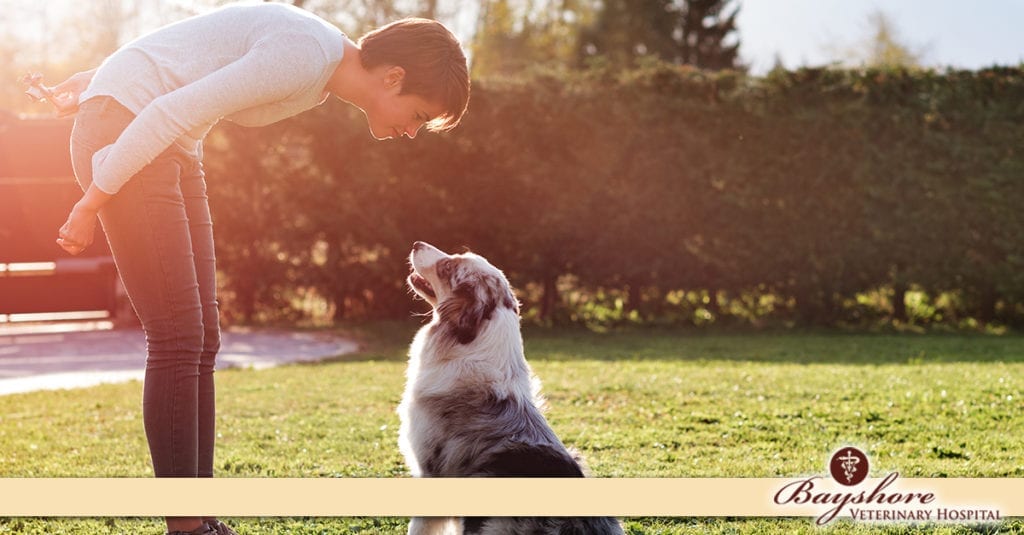It isn’t their size, breed, gender or age that are predictors of a dogs’ potential for biting. It’s the circumstances of their history coupled with their personality, and the situation they find themselves in.

According to the CDC, more than 4.5 million people are bitten by dogs each year in the US, and over 800,000 of those bitten require medical treatment for their injuries. Children and seniors are the most common victims, and the vast majority of bites take place between humans and dogs who are known to one another.
There are measures we can all take to reduce the statistics on dog bites.
Understanding why dogs bite is the first step in prevention. Stress, fear, or the need to defend are the most common triggers for nipping or biting. Often, secondary factors are involved. Illness or pain understandably make dogs more irritable and have the potential to result in a bite reflex. Over-stimulation from roughhousing or taking away something important to a dog, like food or a toy, can create a defensive response that causes them to feel protective of the things they value, and can result in a bite. Unfamiliar locations or large gatherings can induce fear and anxiety and act as provocation.
Ultimately, responsible ownership is key in bite prevention and it begins by investing the time to research different breeds, and selecting a dog that is suited to your family and your lifestyle. Before bringing a dog into your home, educate everyone involved in their daily life about the commitment that comes with ownership, the correct way to approach a dog, play with a dog, the importance of knowing when a dog is in a situation that takes it out of its comfort zone, and the appropriate actions required to remove a dog from a potentially unstable situation.
Once you’ve selected your dog, invest the time in proper exercise, training, and socialization with other animals, people, and activities that are an important part of your routine. Additionally, research proper nutrition and feeding. Poor diet and inadequate exercise can result in anxiety and lead to aggression, as can the stress of being on sensory overload from unknown people or unfamiliar surroundings.
Routine medical care, prevention, and spaying/neutering are important for maintaining optimal health and well-being, and will facilitate identifying problems that could potentially have a negative impact on a dog’s personality.
When it comes to personal safety, avoid situations where dogs are unsupervised, and exercise caution with dogs that are not your own. Never approach a dog without an owner’s consent…no matter how adorable and enticing the dog may appear! While body language is often a primary signal for potential problems, it doesn’t always say what it means! A dog can appear to be wagging its tail in welcoming excitement, when it’s really expressing uncertainty and stress.
While common sense suggests we should expect owners to remove their dogs from situations that have the potential to trigger an aggressive response, you can’t always count on that happening. Pay attention to the sounds a dog is making, and evaluate their body gestures…if they’re telling you to stay away…listen! Otherwise, you place the dog at risk by creating a negative history for it, and you risk your personal safety.
Dog bites will never be completely eliminated, but responsible ownership coupled with sensible interaction can go a long way towards reducing the number of bites and the severity of injury. Share any concerns you may have with your veterinarian. Feel free to give us a call at (732) 671-3110. Being proactive, and addressing unwanted behaviors early, will restore balance in your relationship, and help keep everyone safe, including your dog.
Recent Posts
About Us
Bayshore Veterinary Hospital has been caring for pets and their families since 2001, building trusted relationships through compassionate, Fear Free veterinary care. Whether your visit is for a routine checkup or something unexpected, we’re here to listen, support, and guide you every step of the way. Call (732) 671-3110 if you have any questions or would like to schedule an appointment.
